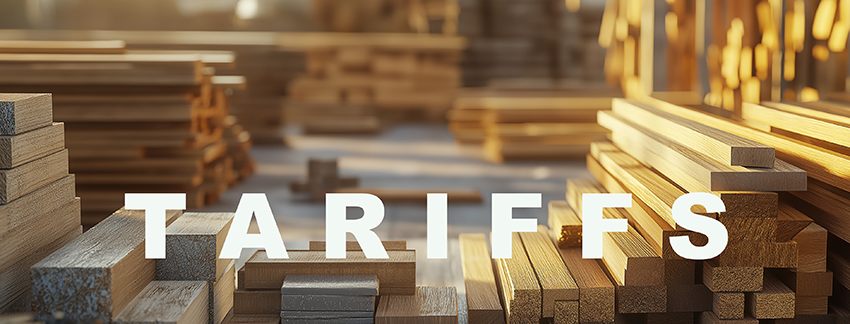
The U.S. Commerce Department has announced new tariffs that will directly impact lumber, timber, and downstream wood products such as kitchen cabinets and furniture. Effective October 14, a 10% tariff will be applied to all timber and lumber imports. Meanwhile, kitchen cabinets and furniture will face a 25% tariff, which is set to rise to 50% by January 1, 2026.
For an already fragile housing market, these changes could add yet another layer of cost pressure. According to the National Association of Home Builders (NAHB), the U.S. imports about one-third of the lumber it consumes, with Canada supplying nearly 85% of all imports. Notably, duties on Canadian lumber have more than doubled in recent weeks, rising from 14.5% to 35%, and are now set to climb further to 45%.
Why This Matters
• Construction & Housing Costs: Higher tariffs translate into increased material costs, putting additional strain on new home construction and renovation projects.
• Supply Chain Imbalance: U.S. sawmills are running at only 64% capacity, down steadily since 2017. Domestic production alone cannot currently meet demand.
• Global Trade Dynamics: Section 232 tariffs, enacted under the guise of national security, introduce fresh uncertainty for importers, builders, and manufacturers across North America.
The Bigger Picture
For logistics and supply chain leaders, this is more than just a housing market headline. It underscores how shifts in trade policy can ripple through entire value chains, from raw materials sourcing to manufacturing, shipping, and ultimately, consumer pricing. Organizations dependent on global suppliers must actively model tariff impacts, scenario-plan for rising costs, and seek alternative sourcing strategies.
nVision Global’s Take
At nVision Global, we see tariff policy as a critical variable in supply chain planning. While companies cannot control global trade policies, they can gain control over their freight data, transportation provider negotiations, and cost visibility to mitigate the downstream effects of such disruptions. The companies that thrive are those that don’t just react to policy changes; they build resilience into their operations long before disruptions arrive.